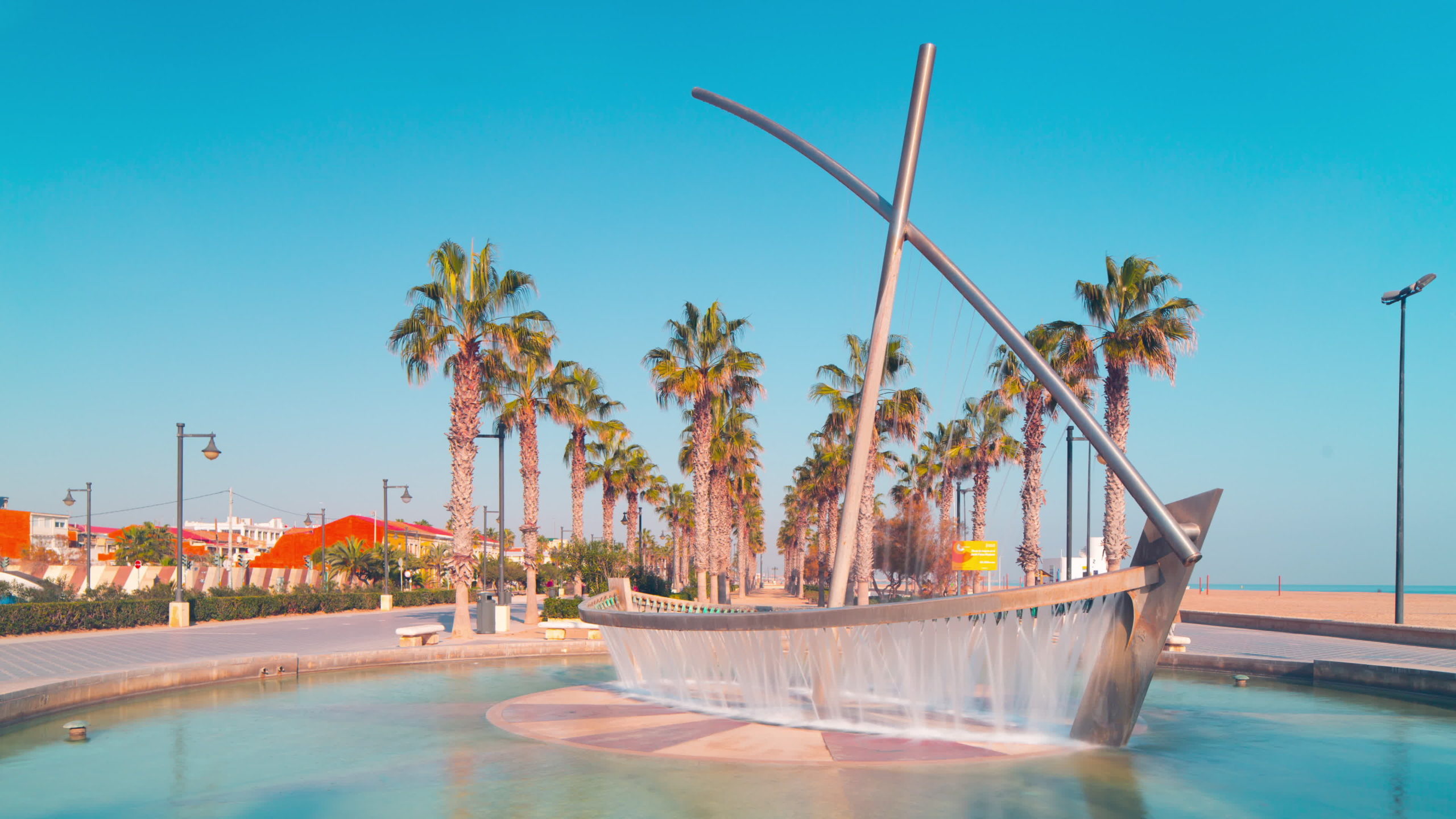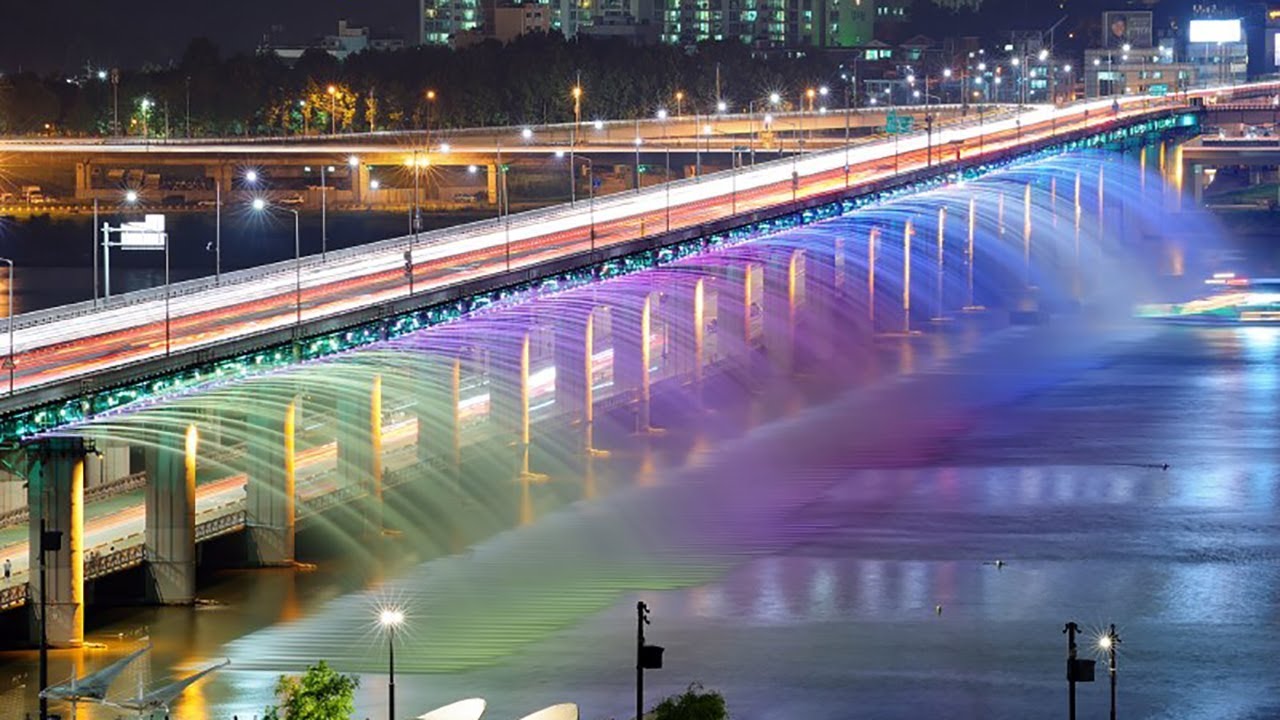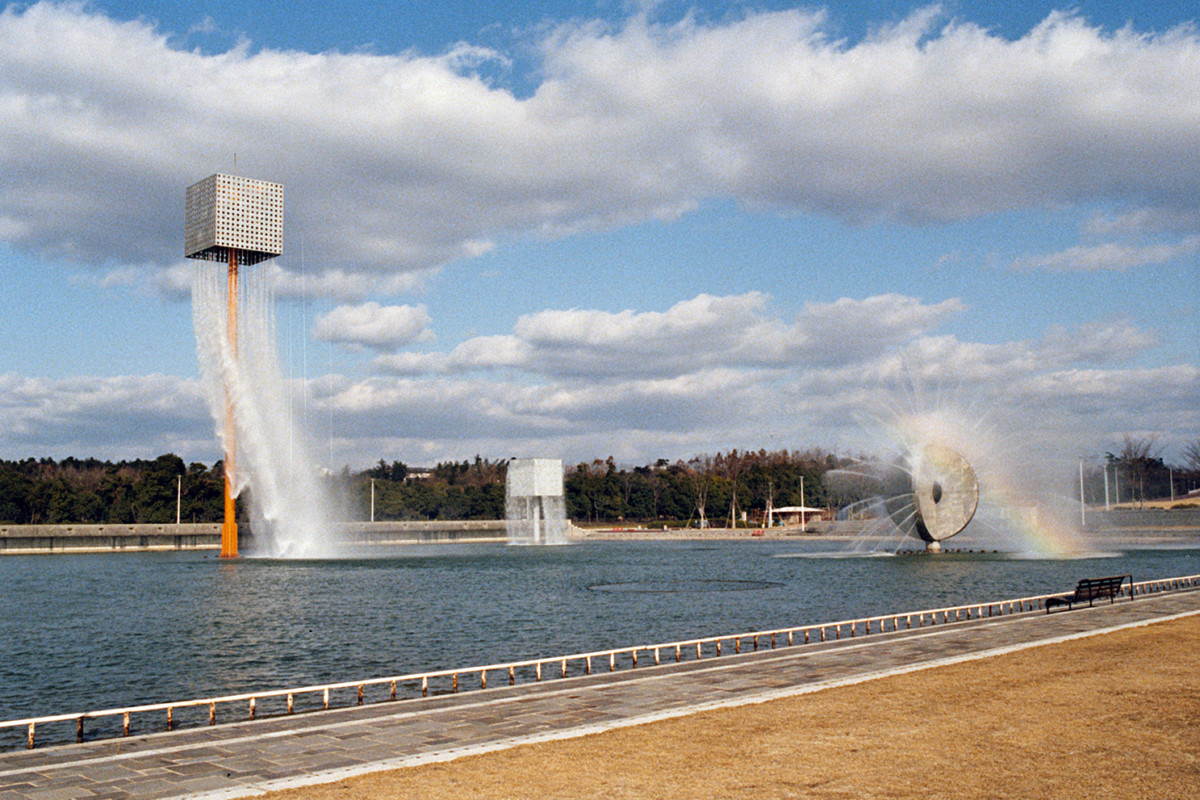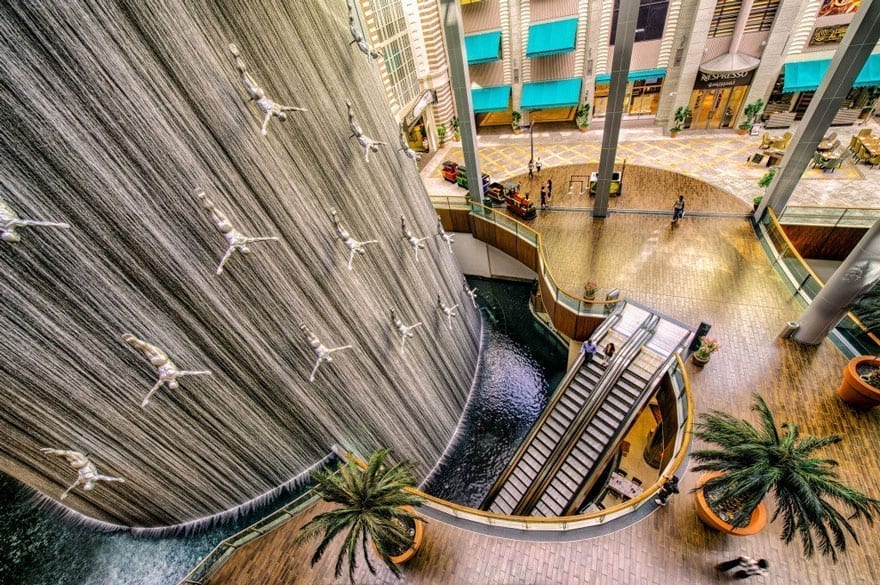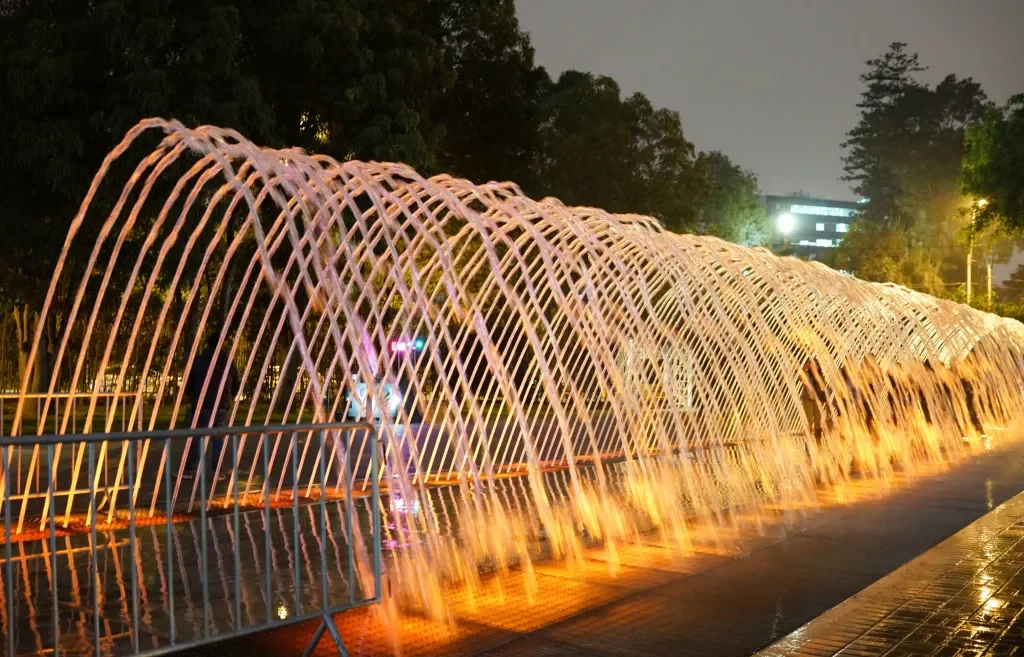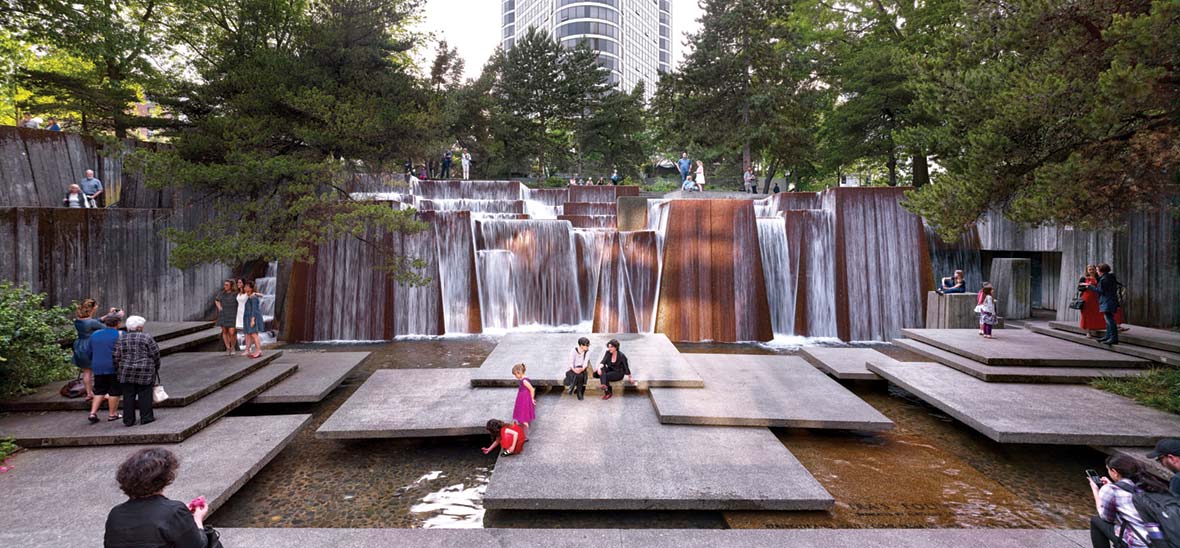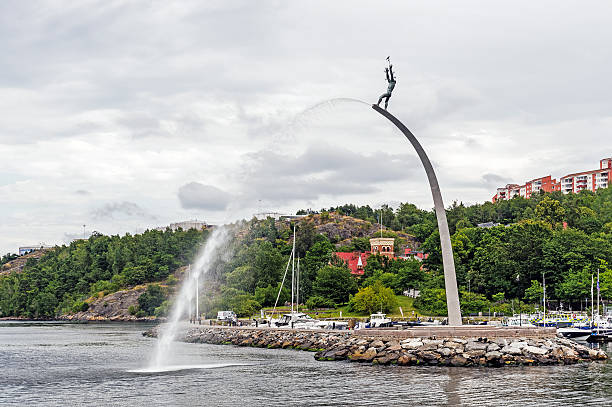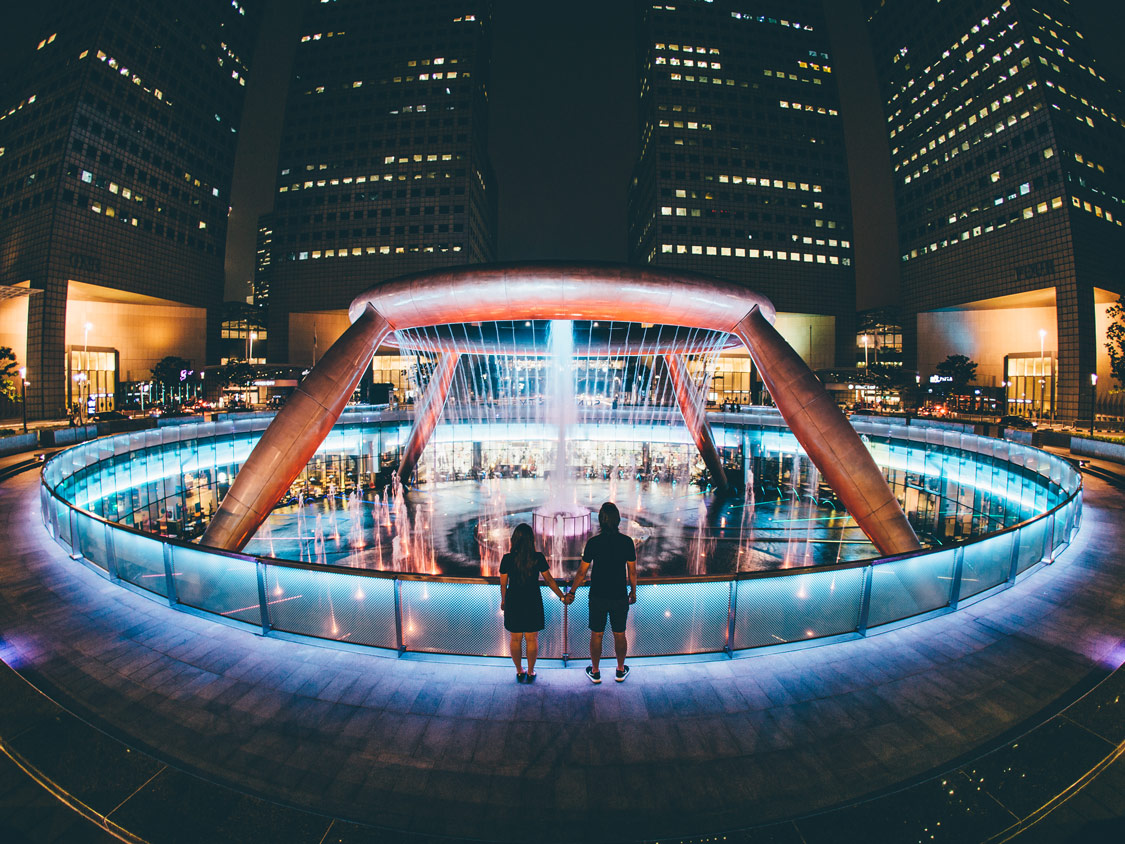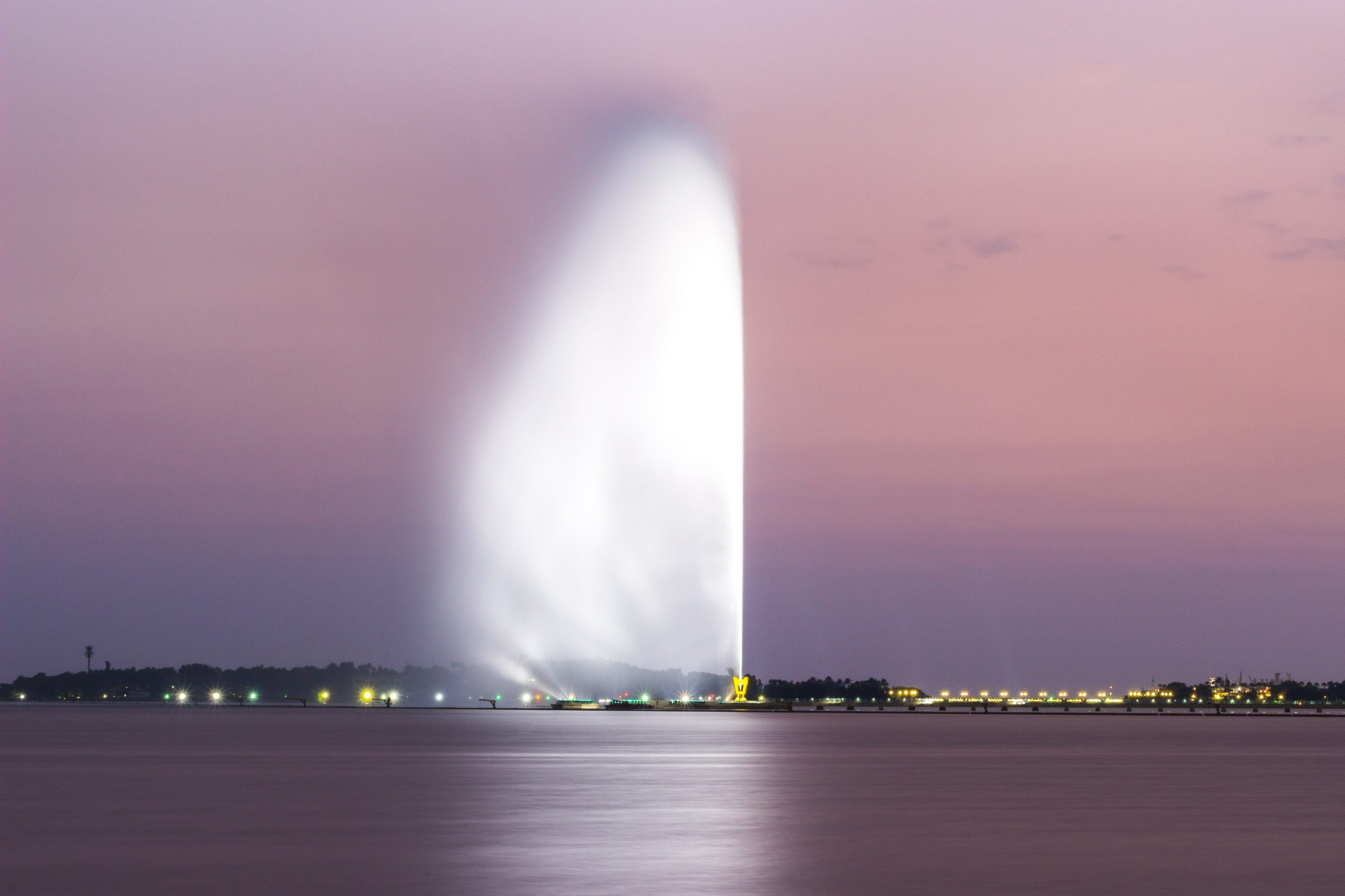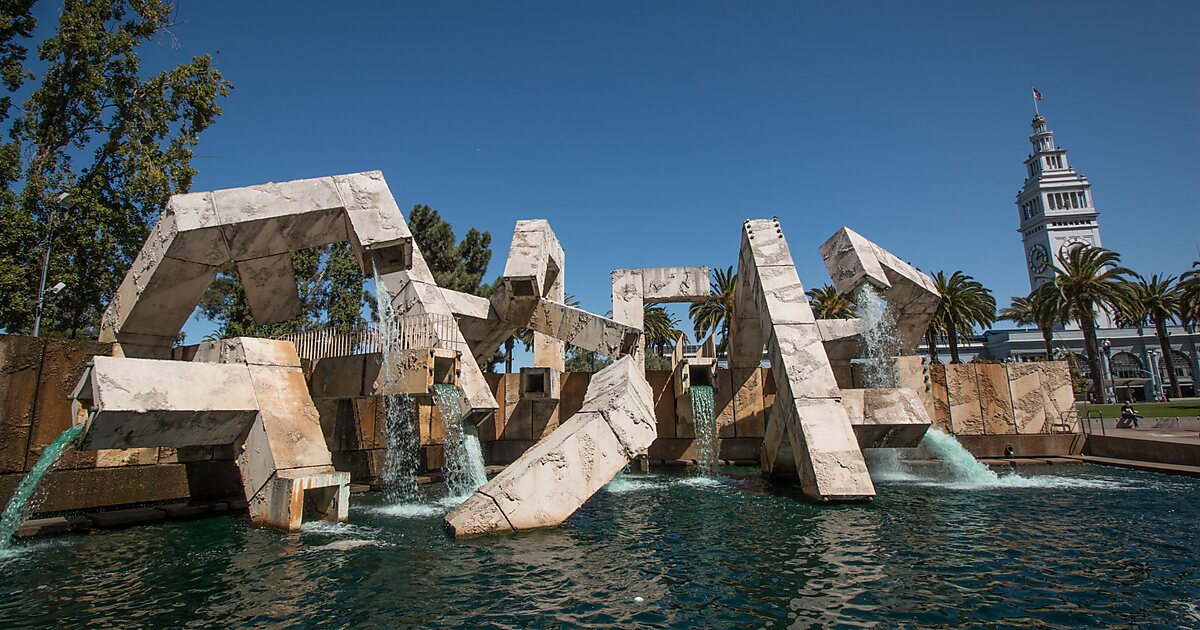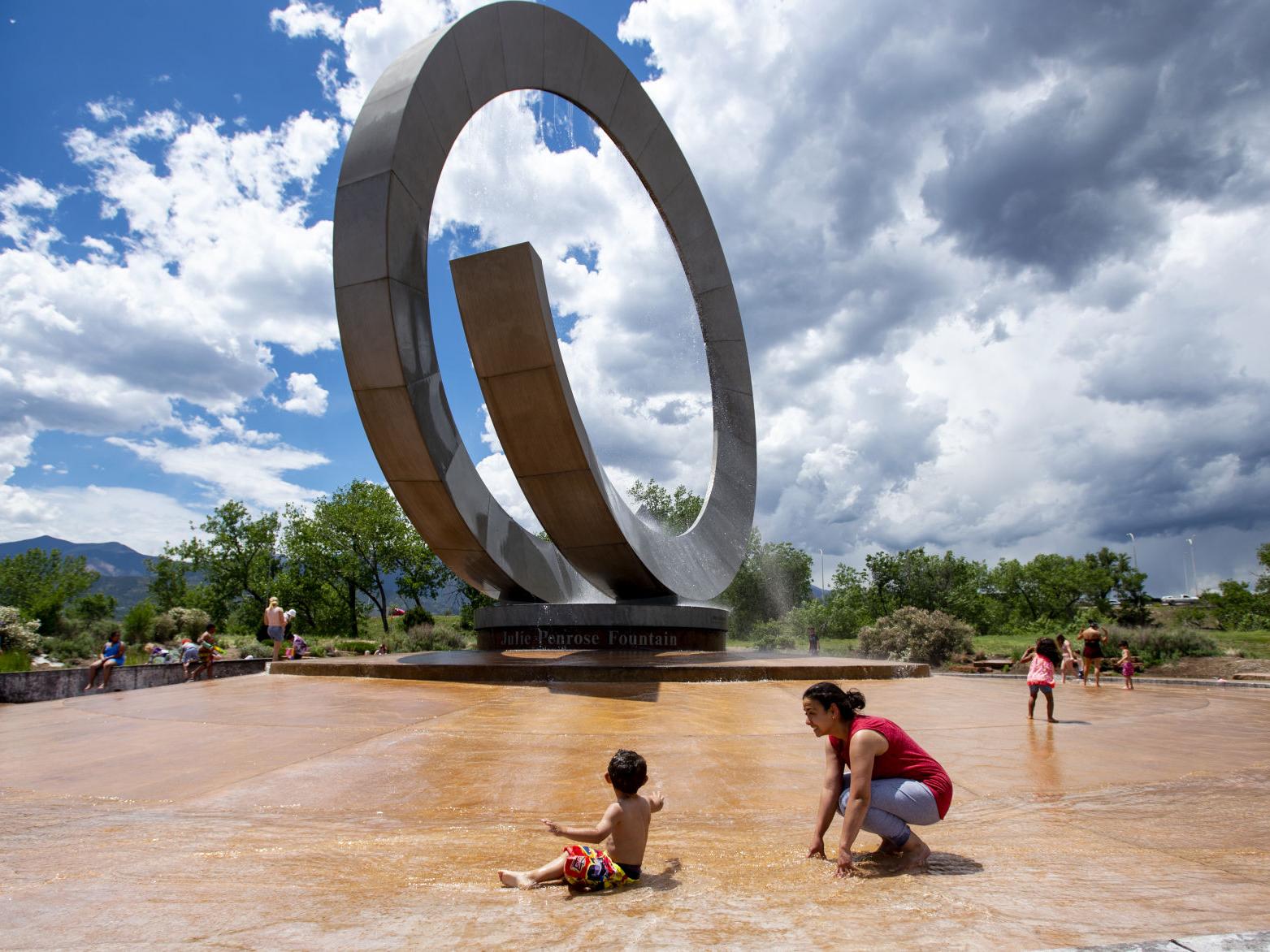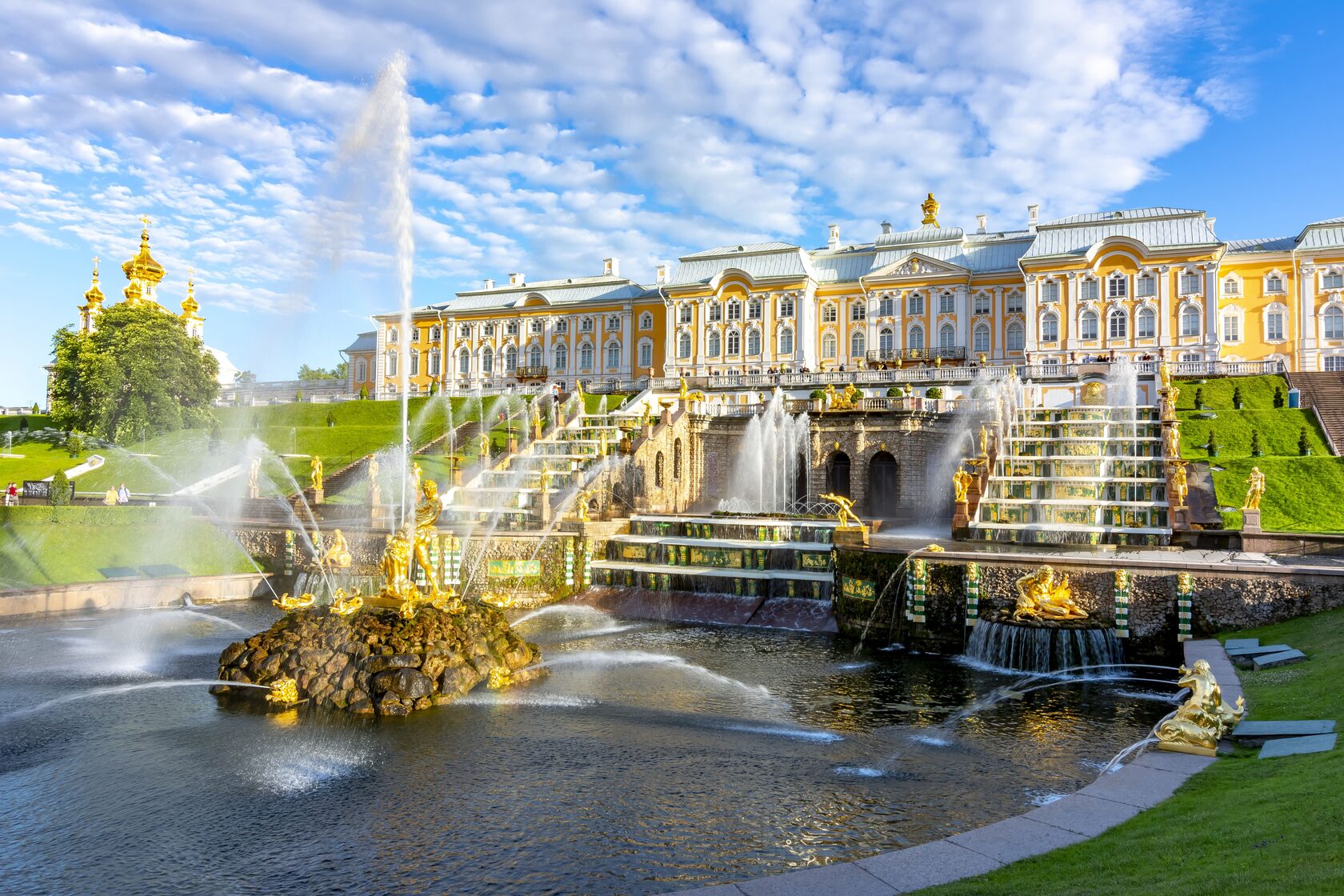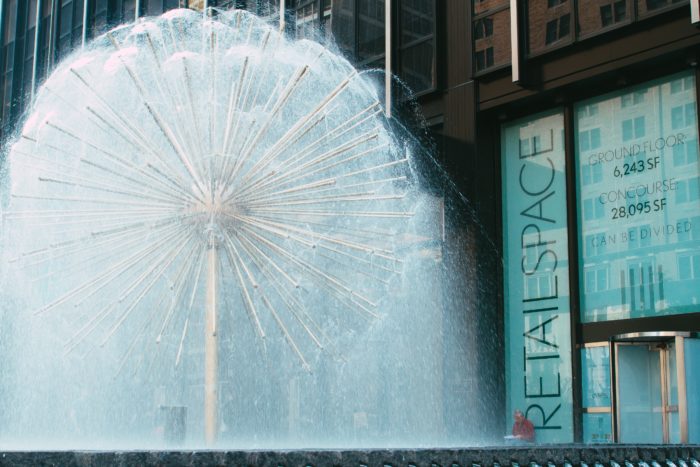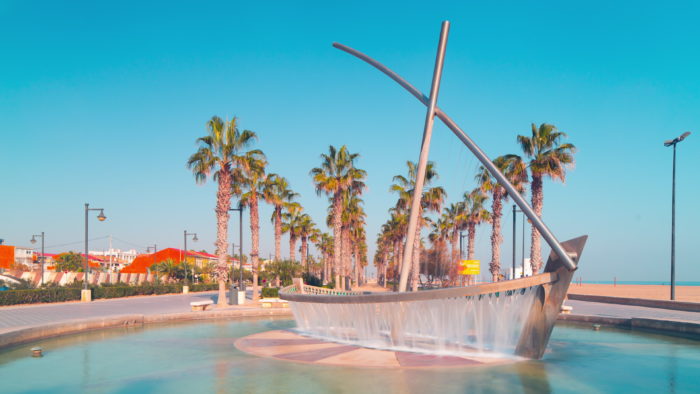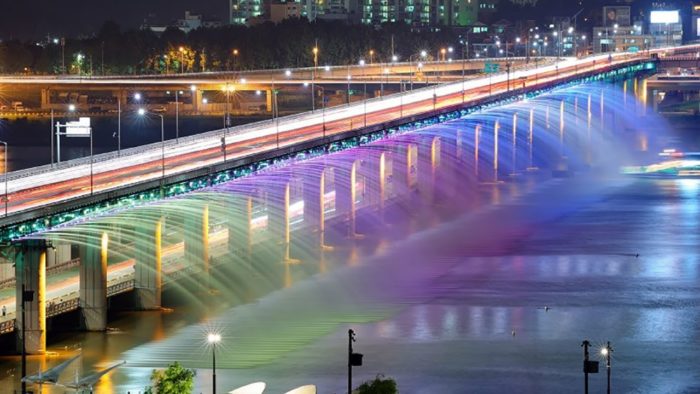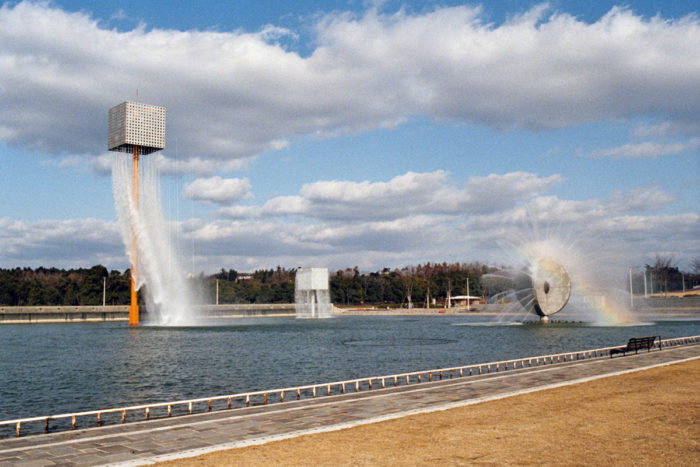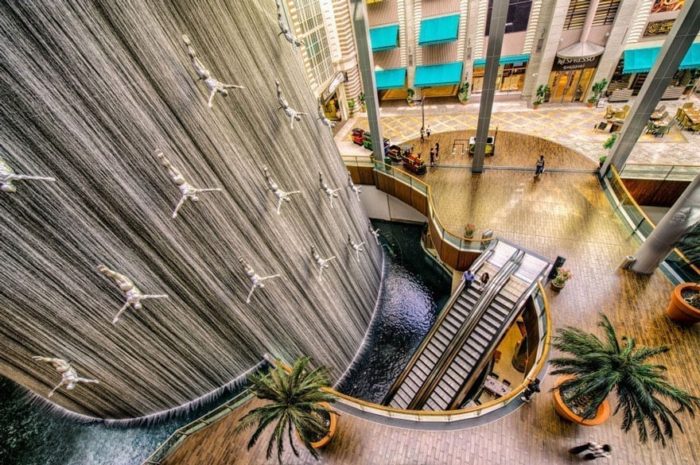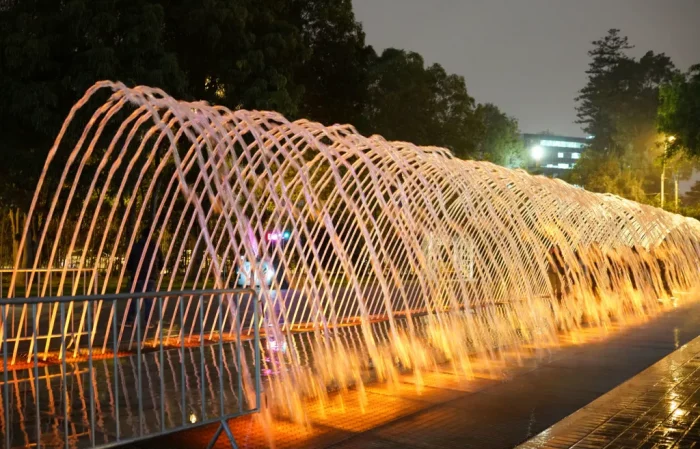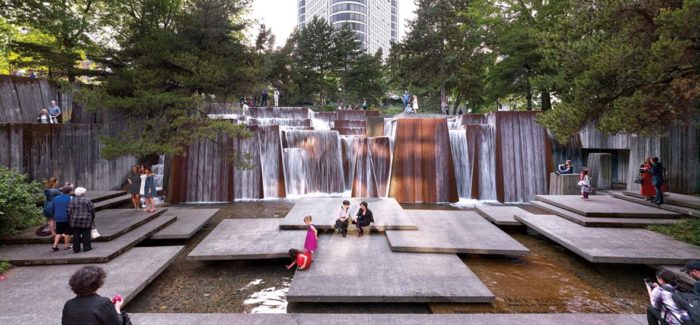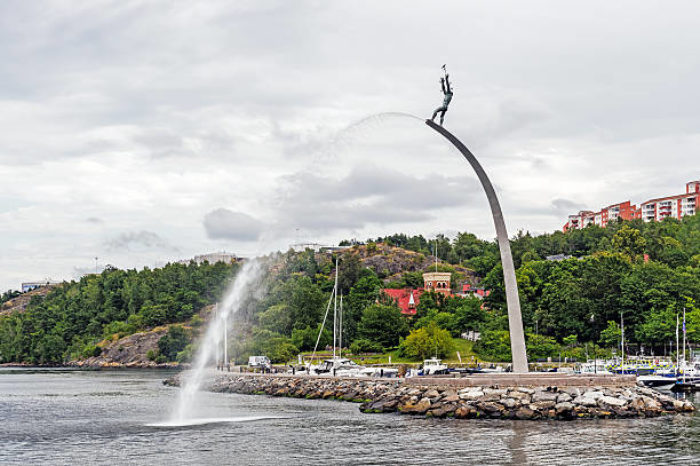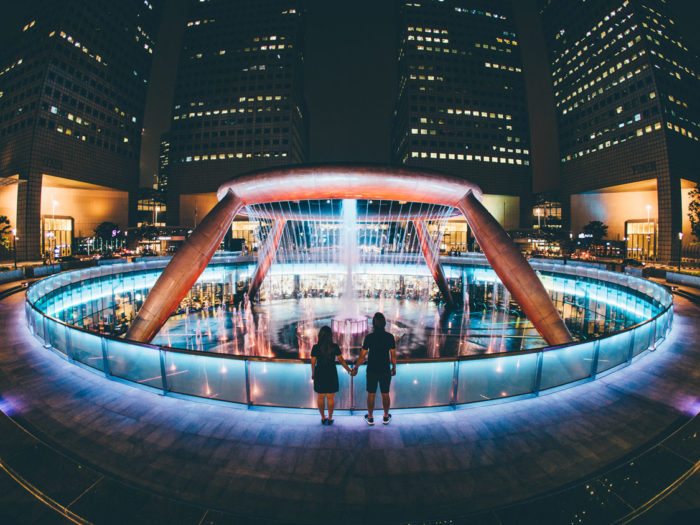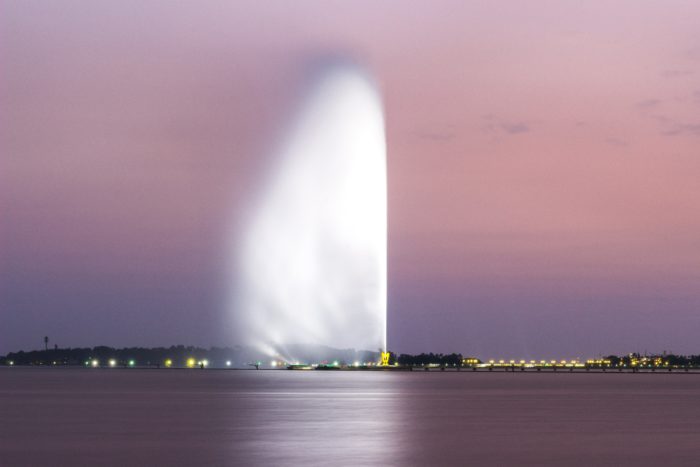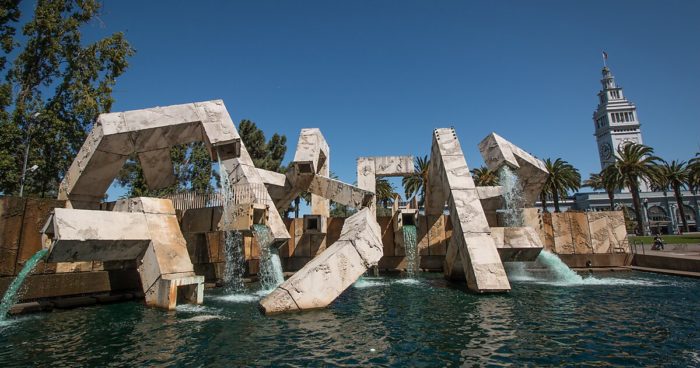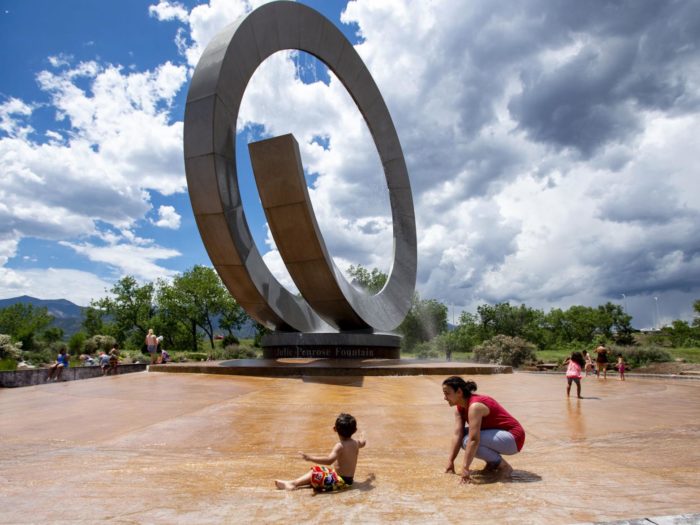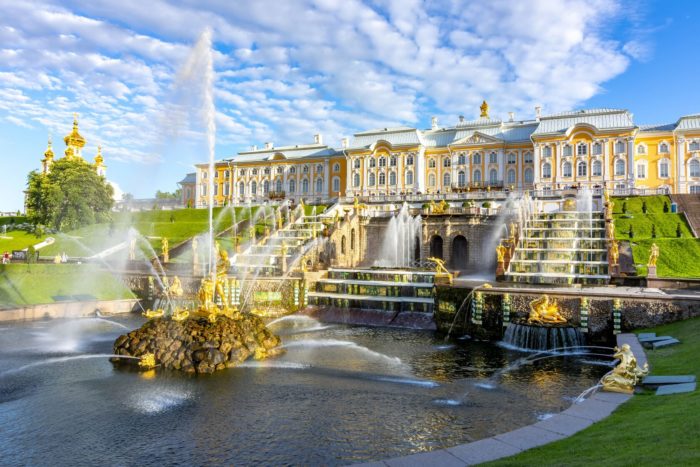Water fountains have been placed in major cities around the world for centuries. Rome’s baroque-styled water fountains bear witness to the grandiosity of ancient water fountains architecture. Fountains dating back to the 17th and 18th centuries were often decorated with statues of heroes or animals. They were built to provide a water source for drinking, bathing, and washing, but that is not all there is to water fountains.
While some water fountains had religious values or immortalized some myths, others were made to glorify their builders. In modern times house water taps provided people with clean drinking water, which abolished the need for drinking from water fountains, and now they are solely for entertainment and recreation.
The 12 Best-Designed Water Fountains
Water fountains have evolved into works of beauty, architectural wonders, and favorite places to cool off on hot summer days. There is a solid architectural lineage behind many of the most stunning water fountains in the world. We’ve collected some of the world’s most impressive (and in some cases, record-breaking) public water fountains that serve to beautify and leave their mark on cities around. Here are some water fountains that should be on your bucket list of places to visit.
1. Water Boat Fountain – Valencia, Spain
The fountain known as the Fuente del Barco de Agua, or Water Boat Fountain, is located in Valencia, Spain, and is meant to evoke a sailing ship. Water is sprayed onto a basic metal frame, which serves as the boat’s sail and deck. The fountain faces the ocean and is close to Playa de la Malvarrosa.
2. Banpo Bridge – Seoul, South Korea
Seoul, the capital city of Korea, remodeled the Han Bridge into a breathtaking water fountain that has become a significant tourist attraction. The fountain that shoots water down, not up, pumps out 190 tons of water from the river per minute.
3. Nine Floating Fountains – Osaka, Japan
This outstanding masterpiece, designed by Isamu Noguchi, was initially built for the World Expo. The two huge boxes seem to pour water into a large square basin. It is an optical illusion where a well-hidden pipe feeds water into each box. The tube becomes invisible once the water begins to flow.
4. The Divers Fountain – Dubai, United Arab Emirates
Located at Dubai Mall in UAE, the fountain was designed by DPA Architects. The 80- feet tall fountain shows multiple fiberglass sculptures of divers who are free-falling down the full height of the 4-story mall.
5. Tunnel of Surprises – Lima, Peru
Dubbed by Guinness Records as the most significant water fountain complex in a public park, this fountain cost $13 million when it was inaugurated in the 19-acre Parque de la Reserva in 2009.
6. Keller Fountain – Portland, Oregon, USA
Landscape architect Angela Danadjieva built the flowing Forecourt Fountain in Portland in collaboration with the company Lawrence Halprin and Associates; it was subsequently dubbed for Ira Keller, head of the Portland Development Commission.
The fountain, which pumps out 13,000 gallons of water per minute, is reminiscent of the waterfalls in the Columbia River Gorge. In 1970, after its completion, the park became an instant icon, earning praise from critics, including New York Times’ Ada Louise Huxtable.
7. Nacka Fountain – Stockholm, Sweden
Nacka Strand, a neighborhood on the main canal approaching central Stockholm, Sweden, is home to the “God, our Father, on the Rainbow” fountain, which Swedish artist Carl Milles created as a peace sculpture and in honor of the United Nations’ foundation. Marshall M. Fredericks, an American artist, recreated the bronze statue from Carl Milles’ bronze model at Millesgården. Its 24-meter height and 1995 construction date are both noteworthy.
8. The Fountain of Wealth – Suntec City, Singapore
Suntec City, one of Singapore’s most prominent outlet malls, is home to the 1995-built Fountain of Wealth. The Fountain of Wealth, a symbol of prosperity and vitality, has been included in the Guinness Book of World Records as the most massive fountain in the world since 1998. The bronze ring of the fountain was inspired by the Hindu Mandala, which means “universe,” and represents the equality and peace shared by Singapore’s varying ethnic groups and religions.
9. King Fahd’s Fountain – Jeddah, Saudi Arabia
The King Fahd’s Fountain, popularly known as the Jeddah Fountain, is the world’s tallest fountain and can be seen in Jeddah, Saudi Arabia. The fountain’s name honors King Fahd, who gave it to the people of Jeddah. Its development lasted from 1980 to 1983, and its debut occurred in 1985.
Located on the western coast of Saudi Arabia, the fountain shoots water between 260 and 312 meters (853 and 1,024 feet) into the air. Everyone in Jeddah can see the fountain thanks to its prominent location. It employs salt water from the Red Sea, which it ejects at speeds of up to 375 km/h (233 mph), rather than freshwater. At night, the fountain is illuminated by more than 500 light fixtures.
10. Vaillancourt Fountain – San Francisco, California, USA
The Vaillancourt Fountain, also known as Quebec Libre, can be found in San Francisco’s Embarcadero Plaza. In 1971, Quebecer Armand Vaillancourt designed the fountain. The concrete tubes that make up the fountain’s 36-foot-tall, 200-foot-long stature make it an impressive sight. Armand Vaillancourt took the heat for his design being too fierce and modern.
11. Julie Penrose Fountain – Colorado Springs, USA
Continuum, the Julie Penrose Fountain, was created by architect David Barber and sculptor Bill Burgess. It stands at America the Beautiful Park in Colorado Springs, framing vistas of Pikes Peak. A popular attraction during the warmer months, the four-story steel spiral shoots water from 366 jets as it spins. The city of Colorado Springs developed and erected the fountain in 2007.
12. Samson Fountain, Peterhof, St Petersburg
Francesco Rastrelli’s fountain, topped since 1802 by a plated bronze statue of Samson wrestling a lion by Mikhail Kozlovsky, is the centerpiece of the Grand Cascade of 64 water fountains that descend from Peterhof, Tsar Peter’s palace to the Baltic near St. Petersburg along an arrow-straight waterway.
Charles XII, Samson, the triumphant Russian tsar, was represented by the lion. Peter’s operatic ochre and white mansion, an opposition to Versailles from the 1730s, contrasted beautifully with them. The palace was destroyed in the 1940s by German forces. A duplicate of the statue of Samson, created by Vasily Siminov in 1947, was stolen. The palace is still being restored at this time. As seen through a shower of glistening water, Samson is now widely interpreted as a symbol of civilization’s ultimate triumph over barbarism.
